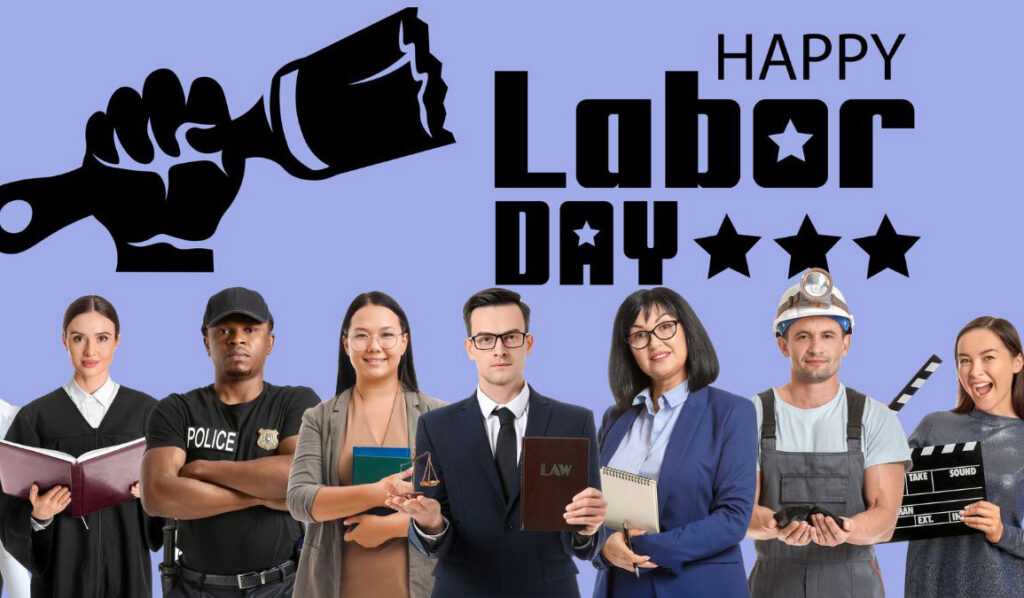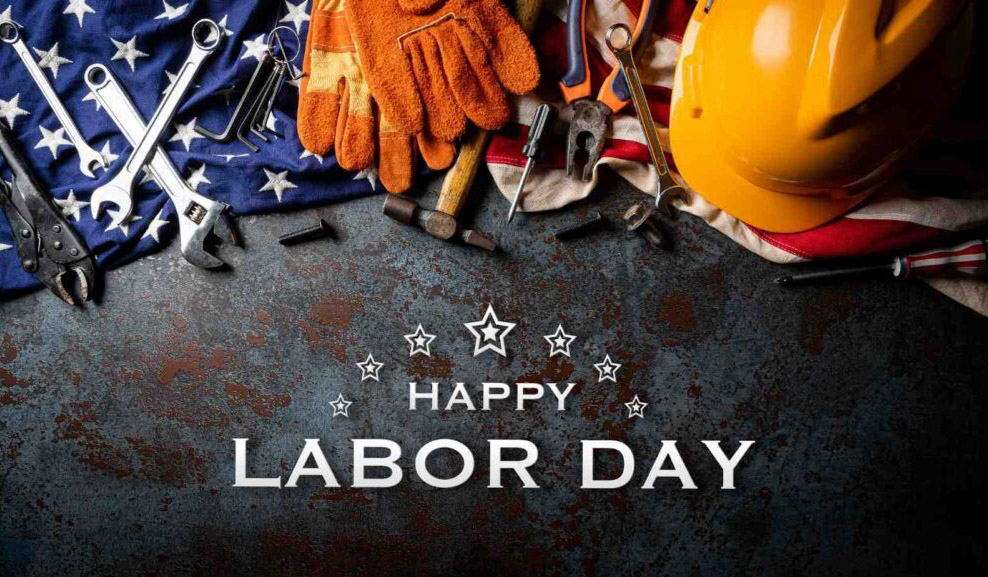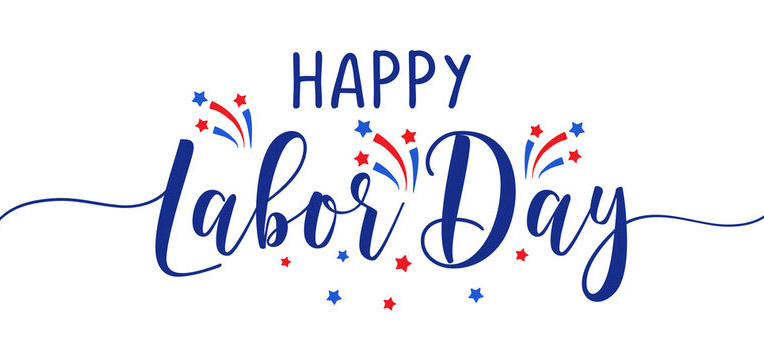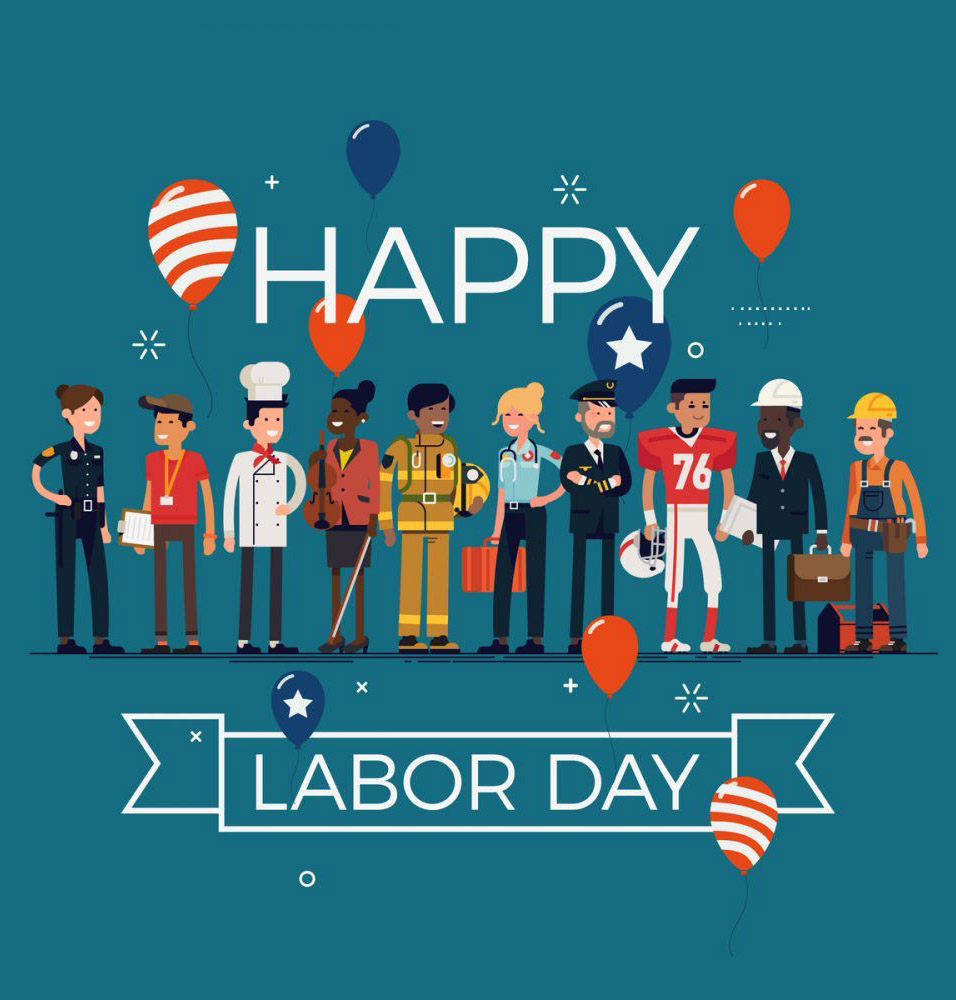As the days grow shorter and the first hints of autumn color the trees, Americans across the country prepare for a well-deserved break from the daily grind. Labor Day, celebrated on the first Monday of September, serves as a fitting farewell to summer and an opportunity to pay tribute to the contributions of the American workforce. In this blog post, we’ll delve into the history, traditions, and significance of Labor Day.
A Day of Tribute:
Labor Day is not just another long weekend or an excuse for a barbecue; it has a deep-rooted historical significance. It’s a day dedicated to recognizing and honoring the achievements and contributions of workers who have played a pivotal role in building the nation.

The Origins:
The idea for Labor Day can be traced back to the labor movement of the late 19th century. During this time, labor unions and workers were advocating for better working conditions, fair wages, and a reduction in the excessively long workweek, which often exceeded 12 hours a day.
The First Celebration:
The first Labor Day was celebrated on September 5, 1882, in New York City, organized by the Central Labor Union. It wasn’t until 1894, however, that Labor Day became a federal holiday, thanks to President Grover Cleveland’s signing of the Labor Day bill.
The Parades:
One of the most enduring traditions of Labor Day is the parade. These processions often feature labor unions, community organizations, and local businesses showcasing their pride and solidarity. The largest and most famous Labor Day parade takes place in New York City.
The End of Summer:
Labor Day also marks the unofficial end of summer in the United States. Families often use this long weekend for one last summer getaway, whether it’s a beach vacation, camping trip, or a visit to a national park.
Barbecues and Picnics:
Barbecues and picnics have become a staple of Labor Day celebrations. Friends and family gather for cookouts, feasting on grilled burgers, hot dogs, corn on the cob, and watermelon.
Back-to-School Sales:
Retailers often take advantage of the holiday by offering back-to-school sales and promotions, as Labor Day marks the beginning of the school year for many students.
Union Influence:
While the labor movement has evolved over the years, unions continue to play a vital role in advocating for workers’ rights and fair labor practices.
Community Service:
Some individuals and groups use Labor Day as an opportunity to give back to their communities through volunteer work and charitable activities.
The Global Perspective:
Labor Day is celebrated in various forms and on different dates in many countries worldwide, often with a focus on workers’ rights and labor solidarity.
Conclusion: Celebrating Workers and Summer’s End:
Labor Day is more than just a day off; it’s a reminder of the ongoing struggle for workers’ rights and a chance to appreciate the contributions of the American workforce. As we bid farewell to the lazy days of summer and prepare for the changing seasons, let’s take a moment to honor the dedicated individuals who have shaped our nation’s history and continue to shape its future through their hard work and determination. Happy Labor Day.

Facts about:
Origins: Labor Day in the United States can be traced back to the labor union movement of the late 19th century.
2. First Celebration: The first Labor Day was celebrated on September 5, 1882, in New York City.
3. Federal Holiday: Labor Day became a federal holiday in the United States on June 28, 1894, when President Grover Cleveland signed it into law.
4. First Monday in September: Labor Day is observed on the first Monday in September each year.
5. Tribute to Workers: Labor Day is a tribute to the contributions of American workers and the labor movement.
6. International Workers’ Day: In many countries, including the United States, Labor Day is often associated with International Workers’ Day, which is celebrated on May 1st.
7. Unofficial End of Summer: Labor Day is considered the unofficial end of summer in the United States.
8. White Clothing Tradition: Traditionally, Labor Day also marked the end of the period when people would wear white clothing, particularly in the fashion world.

9. Parade Tradition: Parades are a common tradition on Labor Day, often featuring labor unions, community groups, and marching bands.
10. New York City Parade: The largest Labor Day parade in the United States takes place in New York City and has been celebrated since 1882.
11. Economic Impact: Labor Day is often associated with retail sales and promotions, including back-to-school sales.
12. Union Membership: Labor unions have played a significant role in advocating for workers’ rights and fair labor practices.
13. End of Summer Vacation: Many families use the long Labor Day weekend for one final summer vacation, often to the beach or a national park.
14. Labor Day Symbols: Symbols associated with Labor Day include the color red (symbolizing the labor movement) and the labor union flag.
15. Picnics and Barbecues: Picnics and barbecues are popular Labor Day activities, featuring grilled foods like burgers and hot dogs.
16. Volunteering: Some individuals and groups use Labor Day as an opportunity for community service and volunteer work.
17. Labor Day in Canada: Canada also celebrates Labor Day, but it falls on the first Monday in September, like in the United States.
18. Historical Labor Movements: Labor Day has its roots in the labor movement and efforts to secure better working conditions and fair wages.
19. State-Level Variations: Some U.S. states have their own labor-related holidays, separate from the federal Labor Day.
20. Celebrated Worldwide: While Labor Day has different names and dates in various countries, the theme of celebrating workers’ contributions is common in many places around the world.

More articles:

